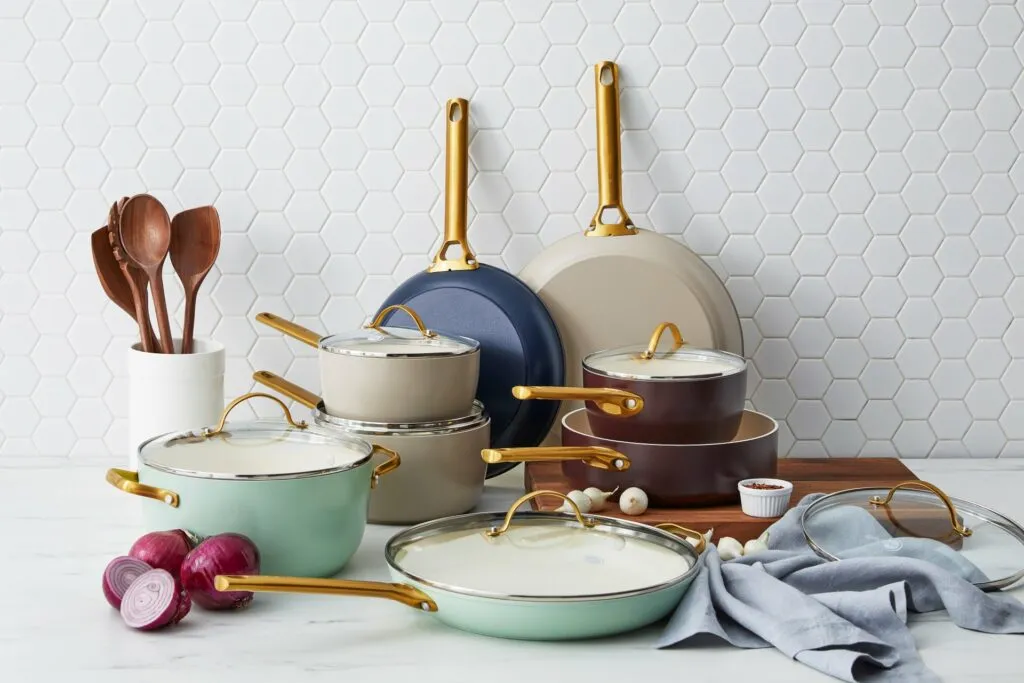Are Non-Stick Pans Safe? Expert Guide to PFAS-Free Cooking in 2025
Non-stick cookware has become a kitchen staple for millions of families. These pans cook food with less oil, clean up easily, and save time. But recent concerns about chemicals have left many people wondering: are non-stick pans safe to use?
The answer isn’t black and white. Today, all Teflon products are PFOA-free, but there are still important safety rules to follow.
What Makes Non-Stick Pans Work?
Most non-stick pans use a coating called PTFE (polytetrafluoroethylene), commonly known as Teflon. This coating stops food from sticking to the pan surface. In the past, PTFE was produced with the help of another PFAS called PFOA. But studies clearly linked PFOA to health risks, so this specific chemical was phased out in 2014.
However, nonstick cookware still contains other PFAS chemicals that may pose health concerns.
When Do Non-Stick Pans Become Dangerous?
The main risks come from misuse, not normal cooking. Here are the key danger zones:
- High heat cooking: At high temperatures (above 500°F/260°C), PFAS release toxic fumes that can lead to Teflon flu
- Scratched or peeling coating: Damaged pans should be replaced immediately
- Using metal utensils: These can scratch the non-stick surface
- Preheating empty pans: This can cause overheating and toxic fume release
Safe Cooking Guidelines for Non-Stick Pans
Follow these expert-approved rules to cook safely:
- Keep heat at medium or low settings
- Never preheat an empty pan
- Use wooden, silicone, or plastic cooking tools
- Ensure good kitchen ventilation
- Replace old or damaged pans immediately
- Clean with soft sponges, not abrasive scrubbers
Healthy Alternatives to Consider
If you want to avoid PFAS completely, try these options:
- Cast iron: Provides natural iron and lasts forever, but needs special care
- Stainless steel: Great for high-heat cooking but requires more oil
- Ceramic-coated pans: PFAS-free but may wear out faster
- Carbon steel: Similar to cast iron but lighter weight
Non-stick pans aren’t the enemy. The American Dental Association (ADA) recommends following proper usage guidelines. When used correctly with medium heat, proper tools, and good ventilation, modern PFOA-free non-stick cookware can be part of a healthy kitchen.
The real danger comes from misuse – high heat, damaged coatings, and poor ventilation. Replace scratched pans quickly and follow manufacturer guidelines for safe cooking.







